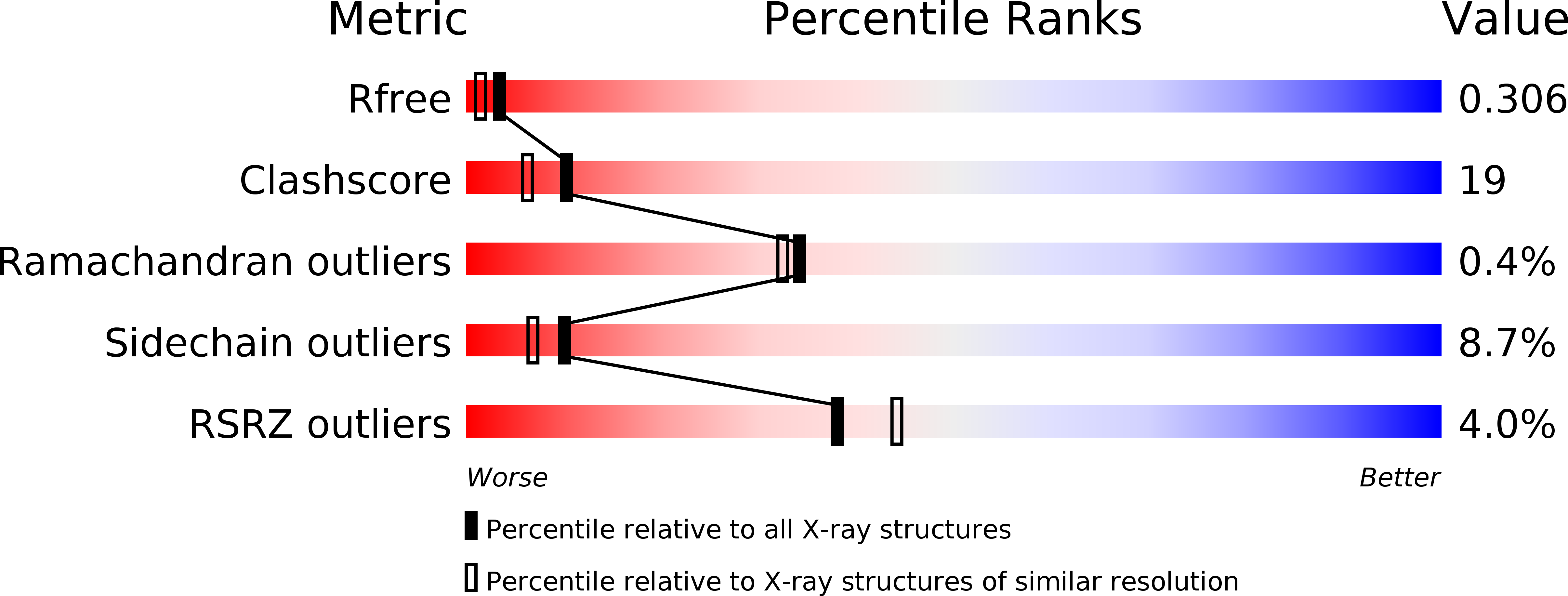
Deposition Date
2005-11-18
Release Date
2006-05-30
Last Version Date
2024-02-14
Entry Detail
PDB ID:
2F31
Keywords:
Title:
Crystal structure of the autoinhibitory switch in Formin mDia1; the DID/DAD complex
Biological Source:
Source Organism:
Mus musculus (Taxon ID: 10090)
Host Organism:
Method Details:
Experimental Method:
Resolution:
2.10 Å
R-Value Free:
0.31
R-Value Work:
0.22
R-Value Observed:
0.23
Space Group:
C 1 2 1


